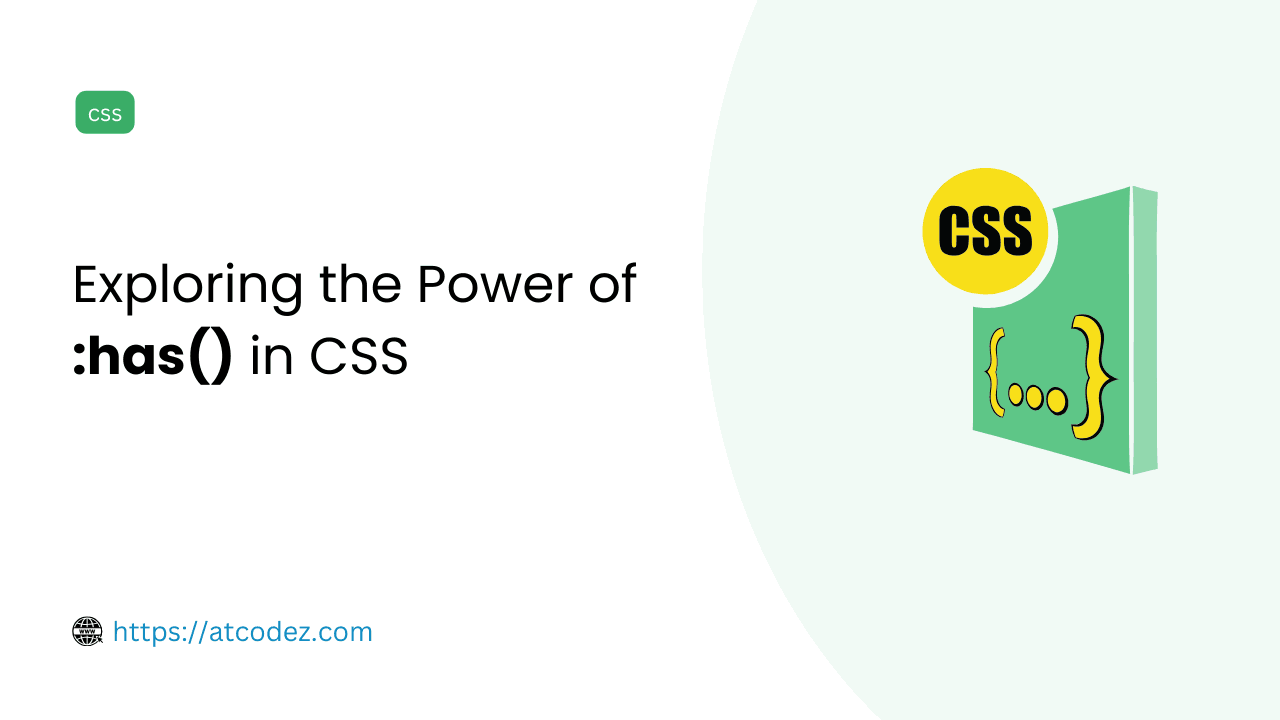Exploring the Power of :has() in CSS
In this blog post, we will explore the :has() function in CSS, which is a powerful and flexible selector that allows you to target elements based on their descendants.We will cover the basics of how to use :has(), as well as some tips and tricks for getting the most out of this function.
What is :has() in CSS?
The “:has()” pseudo-class, introduced in CSS Level 4, allows you to select elements based on their descendants. In simpler terms, it enables you to style elements that contain specific child elements matching a particular selector.
Here is the basic syntax for the :has() function:
element:has(selector) {
/* styles to apply to the element */
}
In this syntax, element is the element you want to target, and selector is the selector for the descendant element(s) you want to check for.
Let’s look at an example to make this clearer. Suppose you have the following HTML:
<div class=”container”>
<p>This is some text.</p>
<ul>
<li>Item 1</li>
<li>Item 2</li>
</ul>
</div>
You can use the :has() function to target the .container element only if it contains a ul element, like this:
.container:has(ul) {
background-color: yellow;
}
In this example, the .container element will only have a yellow background if it contains a ul element.
Tips and Tricks for Using :has()
Here are some tips and tricks for using the :has() function in CSS:
- Use :has() to style elements based on their content: You can use :has() to style elements based on the presence or absence of specific content. For example, you can use :has(p) to style a div element only if it contains a p element.
- Use :has() to target complex layouts: The :has() function is particularly useful for targeting complex layouts, where you need to style elements based on their relationship to other elements. For example, you can use :has(.active) to target a div element only if it contains a child element with the .active class.
- Use :has() with caution: While the :has() function is a powerful tool, it can also make your CSS more complex and harder to maintain. Use :has() sparingly, and only when it provides a clear benefit over other selectors.
Conclusion:
The :has() function in CSS is a powerful and flexible selector that allows you to target elements based on their descendants. By using :has(), you can style elements based on their content and relationship to other elements, making your CSS more expressive and dynamic. Just be sure to use :has() with caution, and only when it provides a clear benefit over other selectors.
Thanks for reading! We hope this guide has been helpful in your exploration of the :has() function in CSS. If you have any questions or comments, please let us know.
